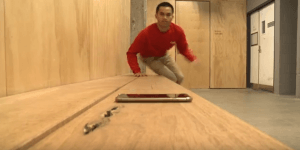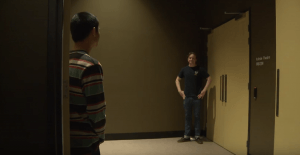So far this, brainstorming and shooting for this exercise had been a joy!
I am interested in exploring how we can connect people by showing how they have similar gestures.
touching the object with the thumb in the same movement, visually interesting but also shows how both characters are thinking
Have I tried to cram too many ideas into one exercise?
Absolutely, so now its time to detox. I was imagining an extravagant complicated piece of ART that jumps between timelines and is all intricately tied together. But that turned out to be a lot harder than I thought SUPRISE SUPRISE.
INFLUENCE FROM ASSIGNMENT 3
My interest in cats as a theme..


In my last assignment I had a great moment with an unexpected talent. Gizmo, an erratic nervous dog followed around my actor during the shoot because he was probably wondering what the heck we were doing, and was excited by the energy of the room. In doing so Gizmo ended up creating a great ending to one of my better trials of the exercise. I couldn’t have predicted or planned this out, which is quite the opposite of what we try to do in The Scene in Cinema but I think that its acceptable but as a director I made an instinctual choice to keep Gizmo in the house to begin with for more of a busy atmosphere.
Without such a great mistake with my last assignment, I may not have been as ok with the cats prowling around in this exercise.
Cats and Decoupage- Cat Eye View?
Here I am babbling on about how I’ve made this huge creative decision to keep the cats in, when I’ve realised that maybe I didn’t have a choice in the matter. The cats were a PART of the apartment. They were part of the deal and were non-negtioble.
And by golly these were needy cats. They would often jump on Isaac during a take or deliberately walk, quite slowly, right in front of the camera. I really think they knew what they were doing, but that’s just me. I was getting increasingly frustrated by this until I thought that I could take advantage of this. There’s something captivating about the way cats move. They are graceful and indifferent sometimes, but also can become highly attentive without warning. I spent some time just following cats around
How did it affect the way I covered the scene?
I’d like to say that I was maybe subconsciously influenced by the way the cats were watching us, but I think that could be wishful thinking. I liked the way the cats watched us, they were passive observers for the most part, but also occasionally seemed intrusive. I’ll try and explain this better, Sometimes they would watch from afar and let us (Isaac and I) do our thing but then they’d come in real close and pick up on our mood quite affectionately. They could climb up to ‘high angle’ places and then suddenly drop below the table. This certainly inspired me to be more creative with my use of multiple angles, and as a result created a more interesting coverage of the scene. I say the word interesting too much, but in the case, by interesting I mean thought-provoking and not too basic like how I might normally shoot a scene.
For example, the cats made me look at the floor a lot, which made me look at our feet. No, not in a fetishy Tarintino way, like just as an educational thing.
(Feet from that movie)
As a result, I tried to include the cats in the scene to create a mood. The mood is affected by the pacing of how the cats move.
I also decided to include a cat at the beginning to give off the sense that we are waiting as an audience for something to happen, for someone to arrive at the apartment.
The first shot to me suggests that I have the same view as the cat when looking out the window, and it equates me watching outside for someone to come home. The silhouette look matches the shots I have of Isaac coming up the stairs unifies me and the cat as one pair looking out the window. and it also My aim is to have the cats seem like they are being watchful for me as well.
The Long Take
At the end I have a sort of long take of Isaac, I couldn’t help myself. I feel like have a shot that stays with him while he is going through his room looking at the note again brings us back to the present. The lack of flashbacks also helps the story converge at the end.
More feet, what a feat
This scene comes from a film that we watched in class called Red Dessert. This scene is highly stylised and simply captivating. The director Michelangelo Antonioni has an amazing eye and intuition for audience attention. I really enjoy observing the angles the two characters create with their feat.
In particular the third shot where we see the woman create a triangle with her legs, the way she crosses her right over her left to smooth out the news paper to notice that “it’s todays” I can imagine her craning her neck over as she adjusts the paper. Just focusing on a part of the body we never really notice to express what the character is doing as a whole is so refreshing and fun to watch.
Those shoes are so pretty too, it would be a shame not to show them really.








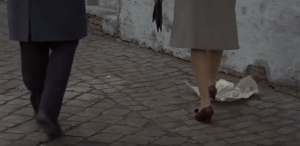


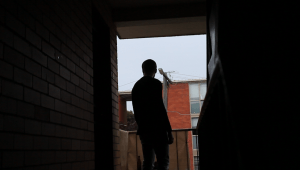


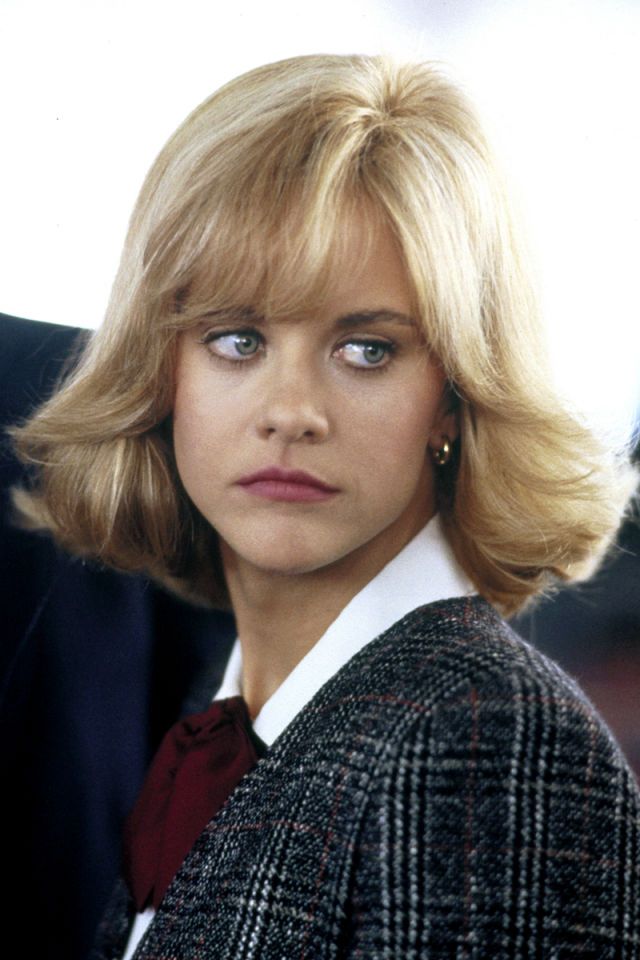






 him in the first shot, that it was at quite a low angle. But this worked because it allowed Rob to fill up the frame and seem more weighted in the shot, like his walking was tasking or troubled. My shaky hands, although admittedly not deliberate, add to this frivolous vibe. Its all about that vibe.
him in the first shot, that it was at quite a low angle. But this worked because it allowed Rob to fill up the frame and seem more weighted in the shot, like his walking was tasking or troubled. My shaky hands, although admittedly not deliberate, add to this frivolous vibe. Its all about that vibe.





